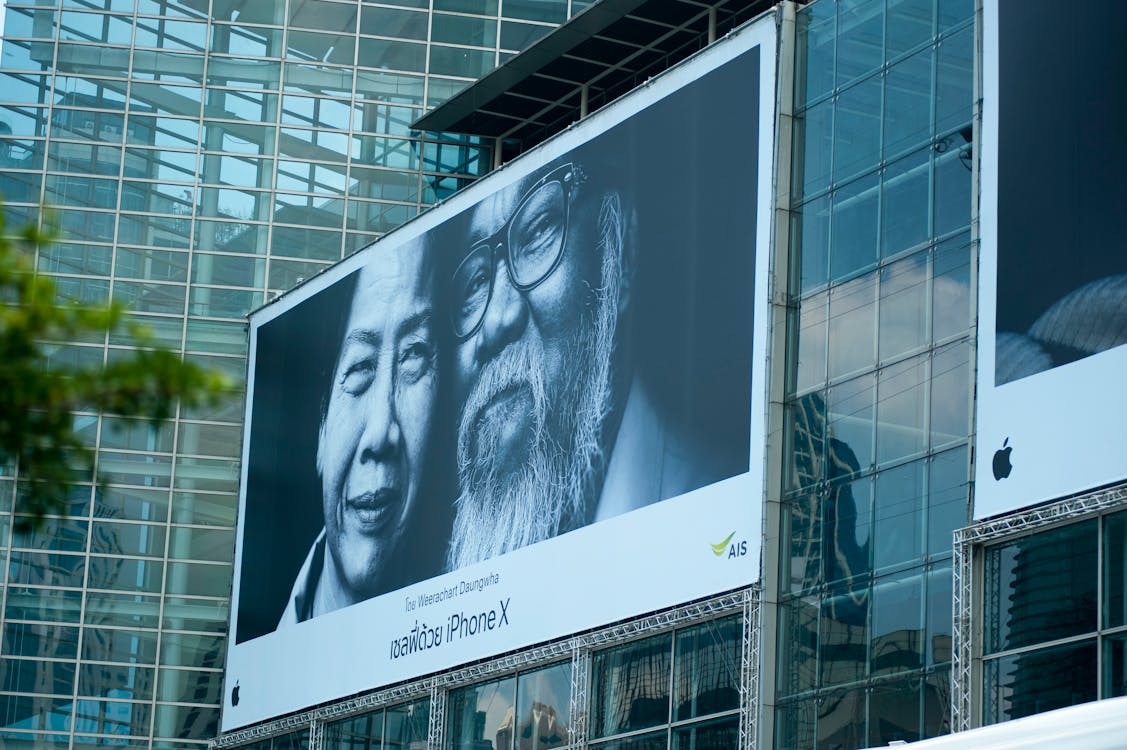Television has made significant progress since its invention, and the advent of online streaming platforms has revolutionized the entertainment industry. The transition from conventional TV to online streaming will be examined in this article, with particular emphasis on the considerable changes in consumer behavior, the effects on advertising, and the difficulties and possibilities that both traditional TV networks and online streaming platforms have to deal with.
Traditional TV: The Beginning
Once a revolutionary innovation, television swiftly established itself as a standard in homes all across the globe. Families assembled before the TV in the early years to watch their favorite programs. Traditional TV served as many people’s primary source of entertainment due to its few options and reliance on pre-scheduled content.
Online Streaming: A New Era
The emergence of internet streaming services like Netflix, Amazon Prime Video, and Ifvod Tv pointed to a new age in how people consume entertainment. Now, viewers can enjoy their favorite programs and films anytime and anywhere they desire.. The convenience and adaptability offered by internet streaming services immediately attracted viewers from all around the globe.
The Shift in Consumer Behavior
Viewers’ choices changed when on-demand entertainment became available. Binge viewing became popular, allowing viewers to watch many episodes or whole seasons in one sitting. Traditional TV viewing decreased as the opportunity to construct customized playlists and have more control over the programming became more crucial.
The Effect on Advertising

Traditional TV’s switch to internet streaming has a significant effect on advertising. Digital advertising, which offers more targeted and data-driven campaigns, replaced traditional TV advertising. The ability of advertisers to target specific groups and monitor the success of their campaigns allowed for more effective distribution of marketing spending.
Challenges for Traditional TV Networks
The development of Internet streaming services presented substantial problems for traditional TV networks. Traditional TV networks saw a decline in ad sales and viewership as viewers shifted more and more of their entertainment requirements to streaming services. They had to change and look into fresh approaches to draw in and keep viewers if they were to stay relevant.
Opportunities for Online Streaming Platforms
Online streaming services, on the other hand, discovered a wealth of potential in this changing environment. They had the potential to create unique material, which was a significant advantage. These platforms attracted members and developed a devoted fan base by investing in exclusive programs and films. This trend toward original programming sparked a new wave of innovation and narrative, undermining the power of conventional TV networks.
Online streaming services also extended their geographic reach. They may reach a worldwide audience by sharing material thanks to the power of the internet. Due to their worldwide growth, they could get a wide range of markets and serve viewers from various racial and cultural backgrounds.
For internet streaming services, the subscription-based income model also changed the game. The availability of inexpensive monthly subscriptions allowed users to access a vast programming library without paying for expensive cable or satellite TV bundles. These platforms quickly expanded due to the enormous number of members drawn by their accessibility and adaptability.
The Future of Entertainment

The fusion of conventional TV and web streaming is what will shape entertainment in the future. We may anticipate the emergence of hybrid models, where established networks partner with streaming services to reach a larger audience. Viewers can access live programming and on-demand material via a single interface thanks to this convergence, giving them the best of both worlds.
Technological advancements will have a significant impact on the future of entertainment. The viewer’s involvement and immersion will be increased via interactive experiences, virtual reality, and augmented reality. Combining machine learning and artificial intelligence (AI) algorithms will allow platforms to provide tailored suggestions based on user-watching patterns and preferences.
The importance of content quality and user experience cannot be overstated in this constantly changing environment. With so many options, viewers will choose platforms that provide exciting and well-made content. A platform’s capacity to engage and enthrall the audience and ensure their continued return will decide its success.
Conclusion
Media consumption has experienced a notable change as entertainment has transitioned from conventional TV to internet streaming. While traditional TV networks have struggled to adjust to shifting consumer tastes, the emergence of internet streaming services has offered consumers unprecedented choices over their watching experience. The fusion of these two media, fueled by technical breakthroughs and a commitment to provide high-quality content, is what entertainment will look like in the future. There are many options for amusement as we embrace this new century.
FAQs
Q: What are some well-liked internet streaming services?
A: Online streaming services like Netflix, Disney+, Amazon Prime Video, HBO Max, and Hulu are some of the more well-known options.
Q: How has the growth of internet streaming impacted cable TV providers?
A: As internet streaming has become more popular, people are cutting the cord and switching from cable TV to streaming services. Cable TV companies have been harmed by this, which has resulted in a decrease in customer numbers and forced them to modify their business strategies.
Q: Are established TV networks fading into obscurity?
A: Traditional TV networks are still in existence despite their difficulties. Several networks have launched their own streaming services or collaborated with existing ones to reach a larger audience. They are also researching new techniques to remain relevant in the digital era.
Q: How does targeted advertising operate on websites that provide online streaming?
A: Online streaming services gather user information and preferences to target ads to specific groups. By doing this, marketers may more efficiently reach their target market and gauge the success of their ads.
Q: What can we anticipate for entertainment in the future?
A: Future technological developments, such as virtual and augmented reality, are likely to play a more significant part in the entertainment sector. Traditional TV and internet streaming will continue to converge, giving consumers more choices and individualized experiences. Delivering top-notch content that connects and resonates with people will remain the foremost priority.


